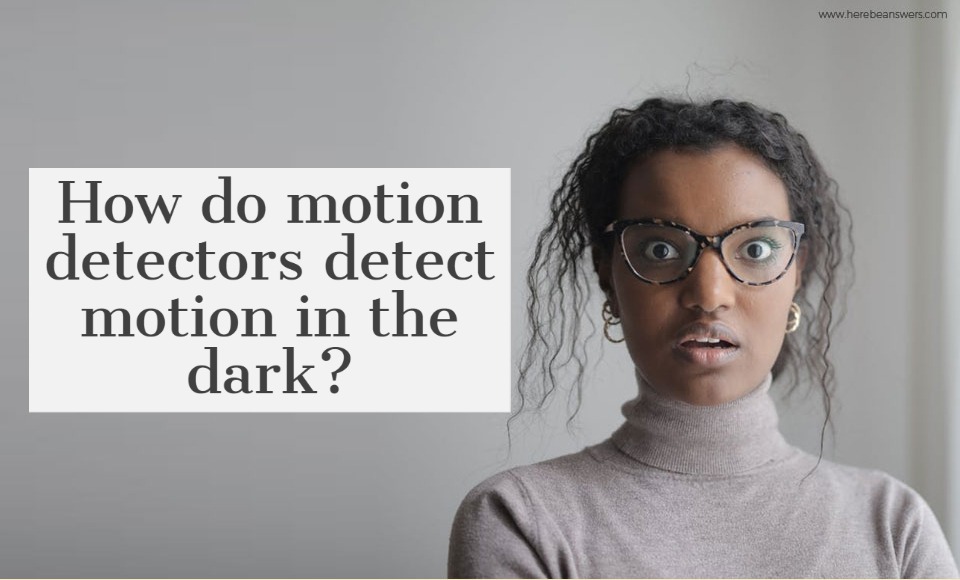From burglar alarms to simple navigation systems for homemade robots, motion detectors are used in a variety of differing applications. Now the workings of a motion detector may appear simplistic at first glance; it looks for disturbances in its field of view and sends a signal when it detects one. However, a question that can be raised is how it works in the dark.
Easy enough. There are two common types of motion sensors – passive infrared (PIR) and Ultrasonic. The most common type is PIR which sees IR which is emitted by hot objects. There is a special lens in front of the sensor so a warm object moving through its field of view creates sudden transitions that are easy to detect. Since it is relying on heat emissions it works fine with or without light.
Another way motion detectors detect motion is through the use of ultrasonic emissions. Mimicking the principle of echolocation used by bats, this type of motion detector continually sends out ultrasonic waves and reads their patterns as they bounce back toward it after hitting a solid surface. If it senses a change in the patterns it is receiving, it sends a pulse to signify the detection of motion.
Another form of motion detection employed by some motion detectors consists of two parts. One part on one side of the room emits a continual electrical signal towards the second part, which is a light detector. If there is a disturbance in the reception of the electrical signal, it means something has moved in between the two parts. Microwave radiation is yet another method, though quite similar to the ultrasonic emitter method explained above. Simply put, a continuous wave of radiation is emitted and its reflection is monitored. Any change in the reflection means motion has occurred.
